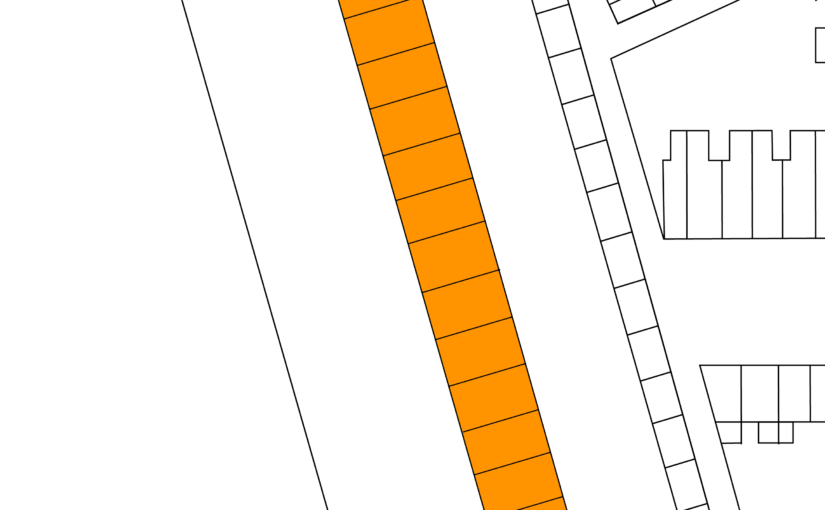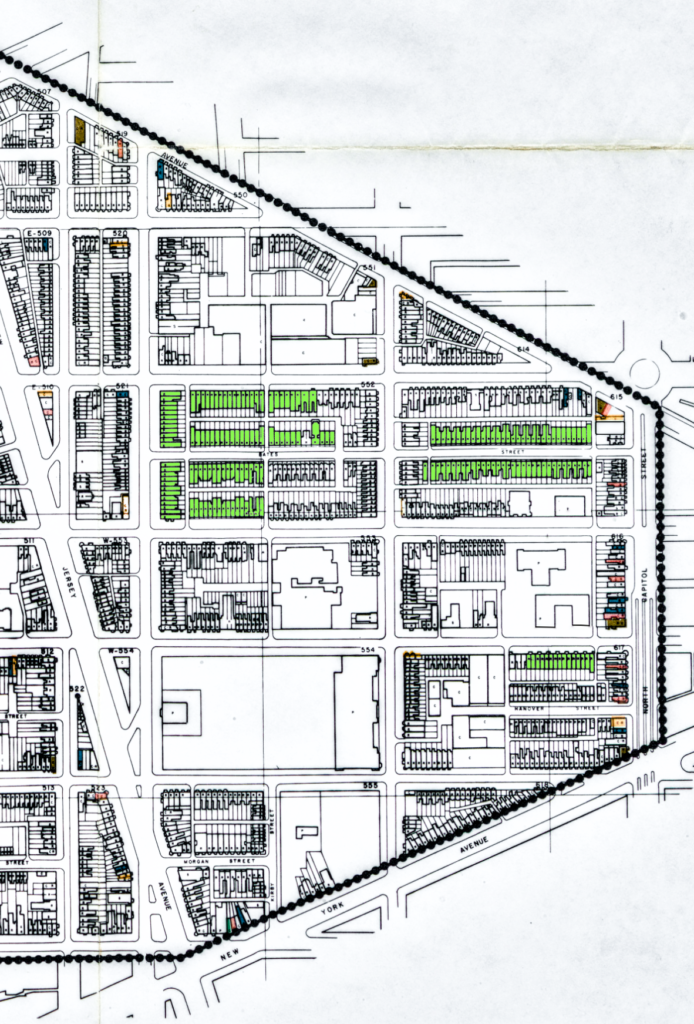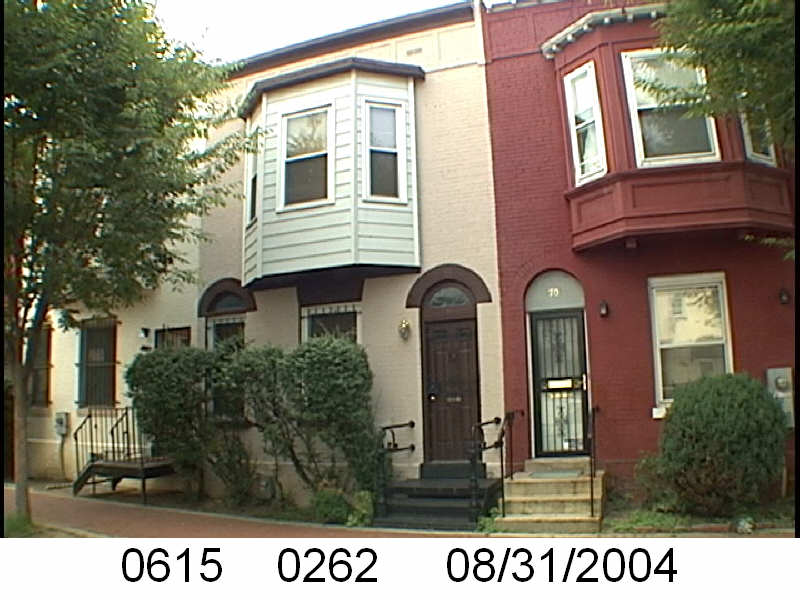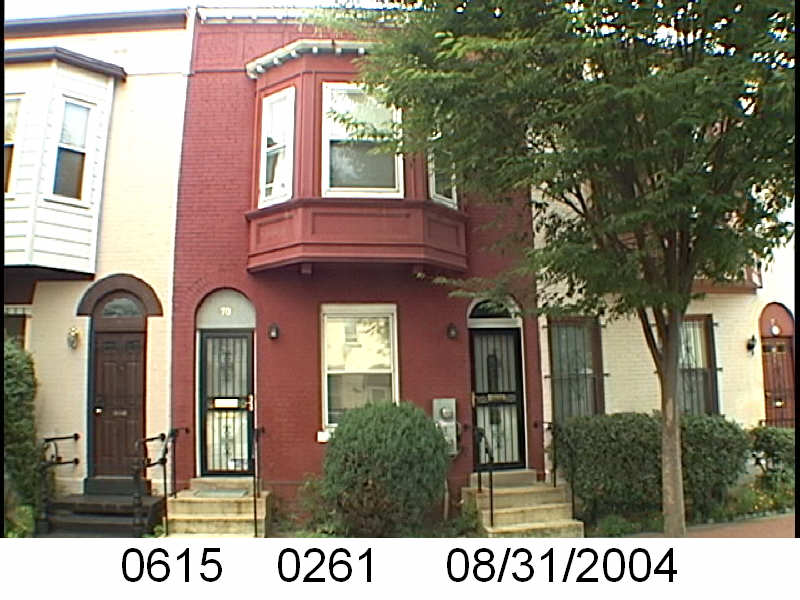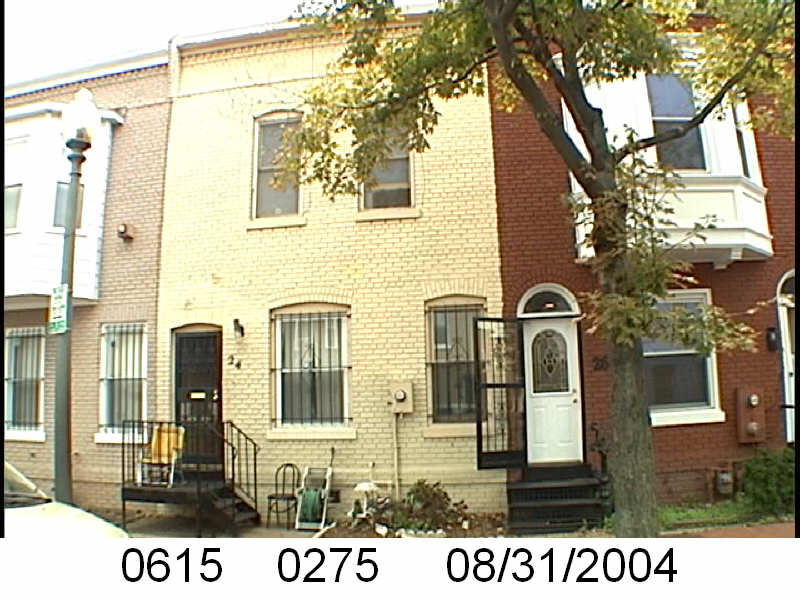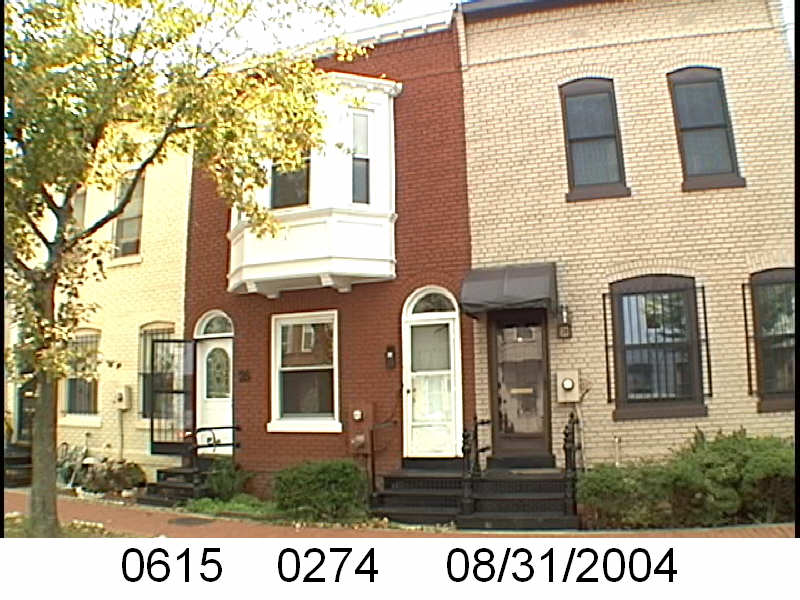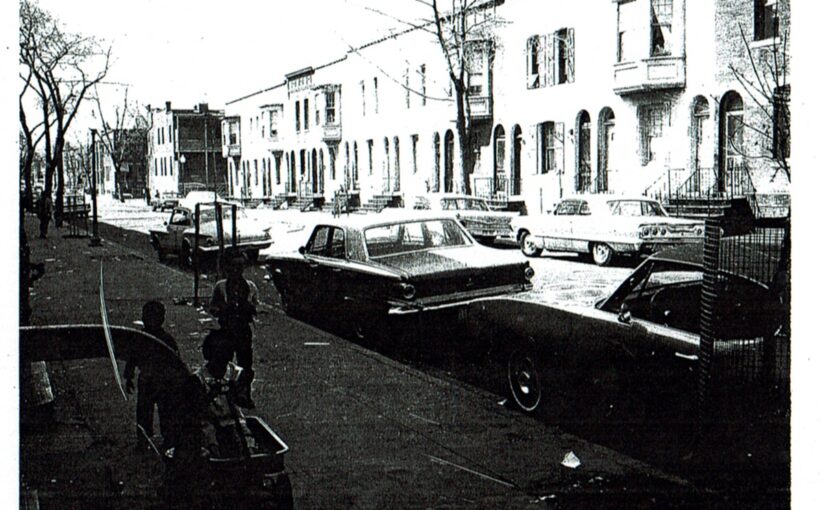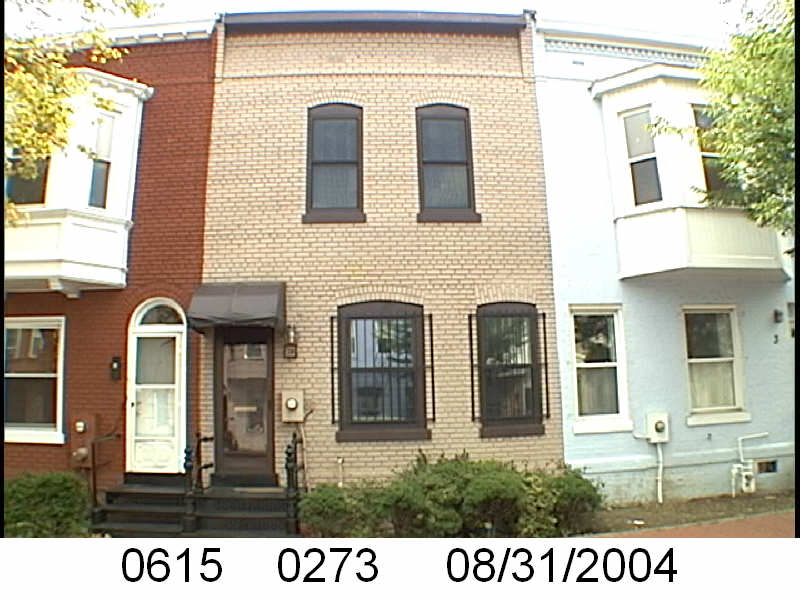I’m getting back to some other land records related posts. The DC Recorder of Deeds is changing up its website, putting stuff on the cloud. I’m not keen on the new format. It’s a pain. So I’m trying to write these up before March 1st.
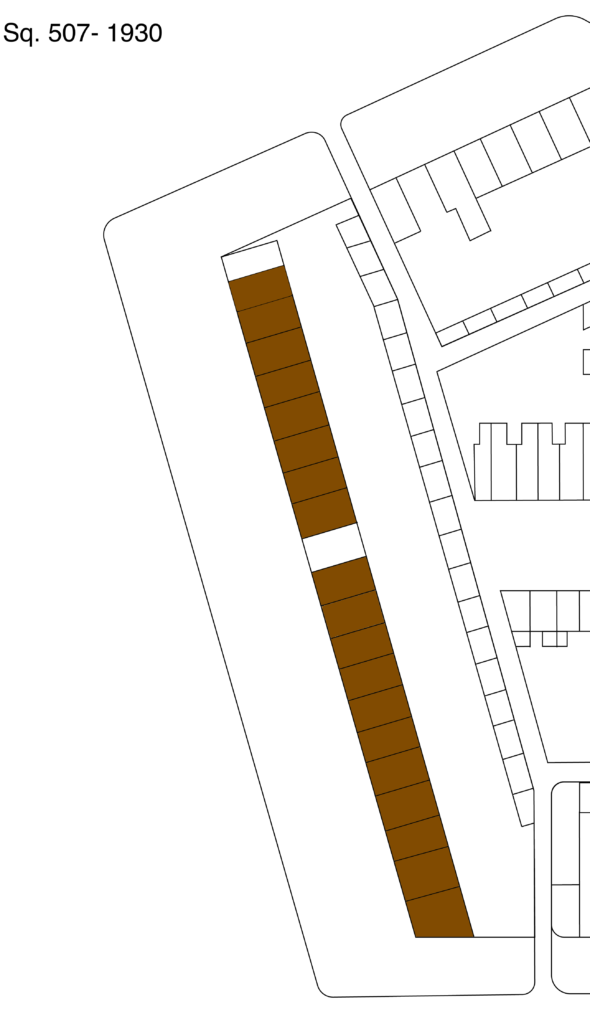
In this series of looking at the odd numbered side of the 1700 block of New Jersey Ave NW from 1920 to 1930, I decided to look at the other end of the block. The change from 1920 to 1930 for most of the block was from white renters to black home owners. My post The sell off of the 1700 block of New Jersey Ave NW pretty much explains the why.
The White Renters
In 1920 the Irish-American Tobin family lived at 1713 NJ Avenue NW. It was headed by James Edward Tobin, a 54 year old stone cutter. His wife, Jennie, maybe Mary, I’ll get into that later, was a 48 year old housewife. Both of their parents were Irish born. They lived there with 31 year old daughter Bertha Edith (later Bertha Huber) who worked as a cashier for a dairy.
There is some confusion about the wife. James was previously married to Mary Jane Dowling, who died in 1910. According to the Washington Herald she died April 3, 1910 at 1713 New Jersey Ave NW. Looking at marriage records, James and Jennie Dowling married May 13, 1885. One could assume Mary Jane was Jennie, but Mary Jane died in 1910, so who was that Jennie occupying the role of wife in 1920? It appears she was Jennie Brun White, who in 1910 was married to BG (Basil Grigsby) White and living in Brentsville, VA and was the mother of Raymond White (1895-1947).

James died in 1938 at the age of 72 in Arlington/Cherrydale, Virginia, where the couple had moved to by the 1930 census.
He was survived by Jennie B. Tobin, son William H. Tobin of Hyattsville, MD; daughters Nora E. Fanning and Bertha E. Huber of Washington, DC.
The Black Homeowners
According to previous research, Frank E. Smith purchased 1713 October 1920.
Looking at the DC Recorder of Deeds records, in 1923 Novella M. and Frank Edw Smith Jr. sold the property to Ernest W. Hensley. In 1925 Alice E. (nee Conley) and Ernest W. Hensley took out two loans from the United States Savings Bank (trustees W.E.G. Penny and Wilbur H. Zepp) totaling $4,500. Later the Hensleys sold 1713 to George W. and Hattie R. Johnson.
June 1925, the Johnsons and Frank Smith were released from the mortgage Smith took out in 1920.
The home remained in the Johnson family until 1987 when the executor of Julia Moxley Johnson’s estate was sold. Julia was the widow of George Johnson Jr. George Sr.(died April 6, 1938). Sr’s death was reported in the April 8, 1938 Evening Star page 12. I would have a link, but the LC is also changing up its website and there is no permalink for particular pages in a paper, but I can give a link to that day’s edition.
With names like Smith and Johnson, I am unwilling to do the genealogy search for these people. But I thought with a death year, I could try looking for George Johnson. I found a death notice for Robert Daniel Johnson who lived and died at 1713 NJ Ave (but not on the 1930 census) and died May 1, 1931.
The Johnson men were drivers. George W. Sr. was a 48 year old driver for what looks like an electric construction company. George W. Jr. was a 25 year old taxi cab driver and 26 year old nephew Vernon Gilmore was a chauffeur for a private family.
There were 5 people in the house. George and Hattie (41), their two sons George (25) and Joseph I. (13) and nephew Vernon.
Julia Moxley was 28 years old when she married George Johnson Jr. in 1934. Julia Johnson died May 1980, if I have the right Julia Johnson.
Earnest or Ernest Wagner Hensley was an Alabama born clerk working for the Federal government in 1920. He and wife Alice lived at 780 Harvard Ave NW in the 1920 census where they lived with 4 year old daughter Alice K (1915-1930). Ernest was described as a tall slender Black man for his WWI draft card. Around 1917-1918 he and his wife lived at 1823 6th St NW. During WWII they lived at 2111 Flagler Pl. NW and he worked at the post office at North Cap and Massachusetts Ave NW. In the 1950 census he and Alice were still at 2111 and he was still working for the USPS.
He died September 1974. As far as I can tell he was not related to Ernest Wagner Hensely III.

